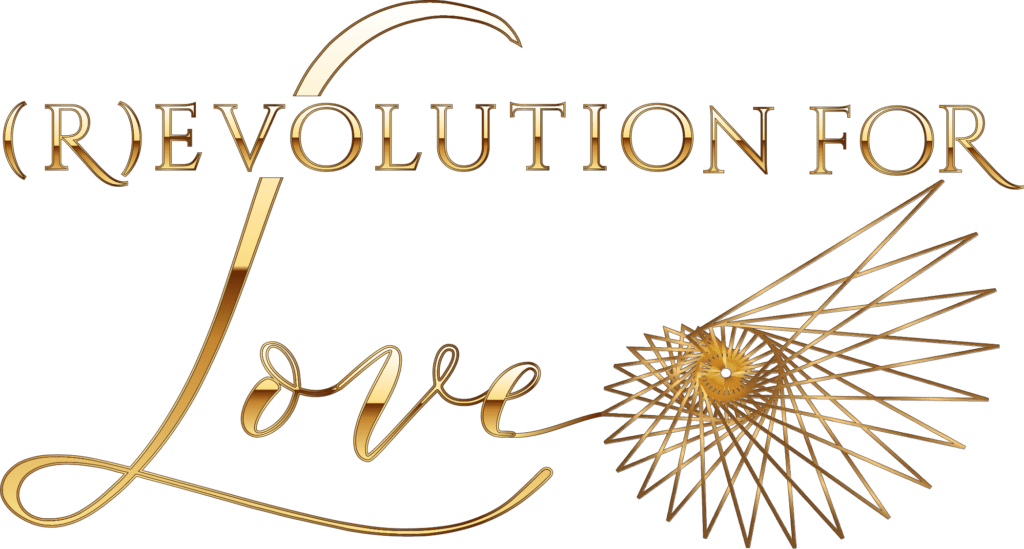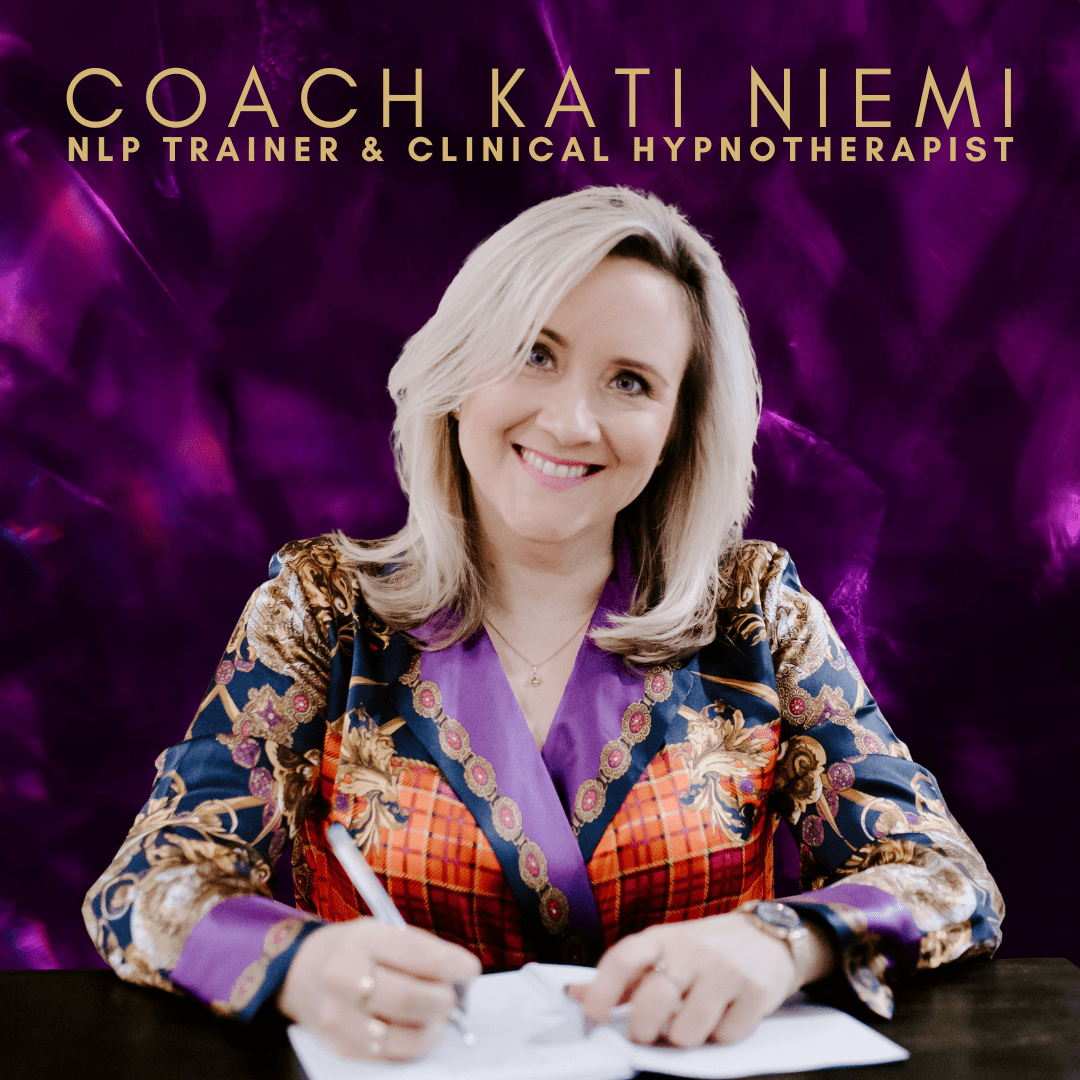What science could be more interesting than psychology of love? Fascinating psychological research and theories of love uncover the secrets of love. Psychologists and philosophers have made several love theories but which theory of love is the most accurate? After reading this article on psychological theories of love, please give your comment on the best love theory – based on your own experiences and views! After all, the science of psychology is based on real persons’ experiences and interviews, so your own practical theory of love would be very valuable to hear!

REAL LOVE: What is genuine love at its best?
What is love? Why does it make us giddy? How can I make my partner love me? Is jealousy real love? Signs of genuine love that lasts.
Falling in love with a person is a mystery which many people are still trying to solve. Musicians have composed songs about the strong feelings they experience, and poets have written poems about love, but none of these seem to explain how people end up falling in love with one another.
In general, love can be described as intense feelings of care, need, like, and affection.
But what do theories in psychology actually say about love?
- What is love and why do we fall in love?
- Who are we attracted to and why?
- Do opposites attract or is a relationship with a similar partner happier?
- What are the signs of real love in a relationship?
- Which are the differences between liking, admiration and true love?
- What is consummate love?
- What is not genuine love?
- How do societal beliefs and perceptions of love affect our relationships?
- Should you stop loving your ex after your romantic relationship ends?
Societal beliefs: Love in arranged marriages
The concept of love has had numerous definitions, and they are mainly influenced by societal beliefs. In the romantic era, the concept of love was undermined as society was controlled by males, and they dictated the activities of women. Marriage was a matter of formality, and no romantic feelings were associated with it.
Sometimes marriages were even arranged, and the roles were played by males. The duty of women was cut out in the household, and the reversal of this trend took too many years to appear (Pinto, 2017).
Freedom to choose one’s partner
In the modern era, there was advocacy for female empowerment, and part of the drive was giving them the freedom to choose their partners. The concept of true love became popular and became the signature of freedom movements and humanist activities.
Psychologists have come up with theories that try to explain what love is and how it influences how humans perceive things and interact (Davidson & Beck, 2019).
Scientific developments and study of the brain have helped unveil the concept of love and demystify its existence.

FREE EBOOK ‘I love you but…’ – To Break Up or Not to Break Up?
Refocus your energy now to improve your love life! This FREE ebook ‘I love you but…’ will help you move towards a better relationship or
This article highlights the theories associated with such psychology studies and explains the concept of love.
Theory #1: Consummate Love in the Triangular Theory of Love by Robert Sternberg
Perhaps the most famous love theory in psychology is the Triangular Theory of Love, which was developed by Robert Sternberg in 2004. Robert Sternberg, a world-famous American psychologist, has been the President of APA (American Psychological Association), a professor in many universities, and a member of the editorial board of the well-known psychology journal, American Psychologist, among others.
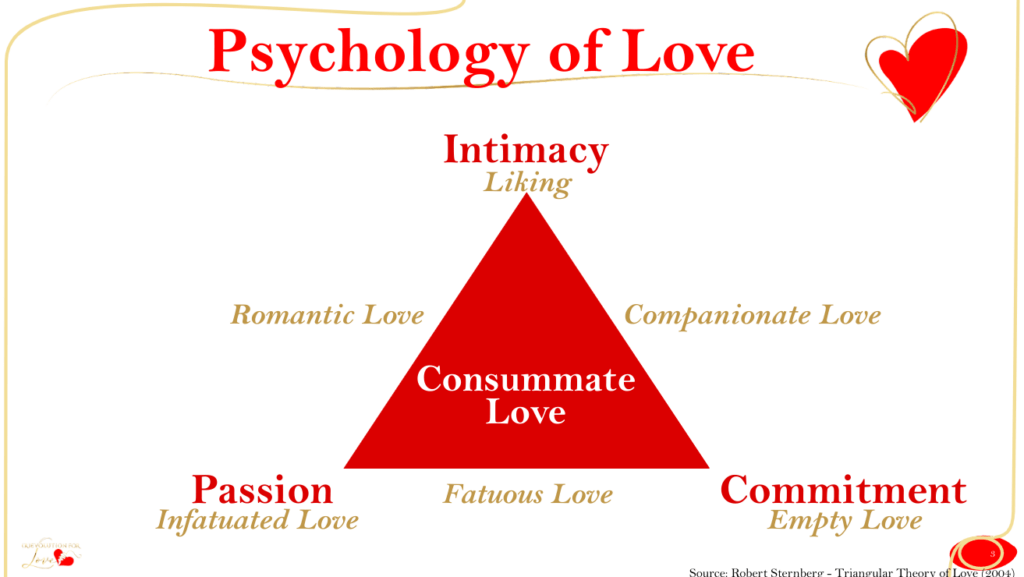
Robert Sternberg’s Triangular Theory of Love (or ‘Triangle Love’ in short) states that love consists of three main components:
1. Commitment
2. Passion, which is romantic and sexual attraction
3. Intimacy, which is emotional closeness
The best combination of love is called ‘Consummate love’, which involves all three components of love. However, this form of love may not always last long because it is not easy to maintain. Good long relationships need effort from both partners.
What is “Empty Love” or “Infatuated Love” according to the ‘Triangle love’ theory?
A relationship which involves only commitment and no sexual attraction nor emotional closeness, is called ‘Empty love’. This is common in many arranged marriages but even Empty love may develop into other forms of love after some time (Van Buskirk, 2018).
A relationship which consists of only passion (romantic and sexual attraction) is called ‘Infatuated love’. It usually happens at the onset of a relationship.
A relationship which has only emotional closeness and intimacy, but no passion and commitment, is named simply as ‘Liking’ in Sternberg’s love theory.
Combinations of love elements in the Triangular Theory of Love
Robert Sternberg’s Triangular Theory of Love suggests a few different combinations of these “love components”. Sternberg named the combinations as:
1. Romantic love includes passion and intimacy, but there is no commitment. Romantic love is common among teenagers as well as young adults. Those who experience this lobe can attest that it is only driven by passion and emotional connection. This form of love is usual for longer secret affairs. In a secret love affair, you may feel that your relationship is the best ever, but still leaving you a bit empty because there is no commitment or the kind of commitment you need to feel good in the long run.
2. Fatuous love involves a lot of sexual attraction and commitment, but it lacks intimacy. Fatuous love is characterized by a quick engagement that may occur after a few weeks.
3. Companionate love is characterized by commitment and a very strong emotional connection, but there is no passion. This is common in close friendships and in long-term marriages where you may feel your spouse is your best friend and that is why you don’t want to leave him/her even though you’re not fully happy in your marriage. This ‘Companionate Love’ is why you may still feel love for your partner even though you also feel you would like to divorce. Rare people want to live the rest of their lives without good sex and passion, so they may start cheating their spouses. Although you don’t cheat your best friend, right? An open relationship might be a more honest solution here.
Social impacts on the perceptions of love
‘Consummate love’ – the “best” love according to Robert Sternberg’s Triangular Theory of Love – is associated often with teenagers and young adults, and sometimes, the perceptions about it can be communal (Van Buskirk, 2018).
Perceptions of love are formed depending on the social circles that people live in, and they may shift depending on the quality and quantity of information that a person hears about. However, it follows the same trend, and the feelings manifest in the same way among the named age group.
A young adult may experience the type of feeling and pleasure regardless of the number of times he ‘falls’ in love within this phase. It then causes confusion, and they rarely do not know who to choose as the right partners.
Love theory #2 ‘Mere Exposure Effect’ suggests that you may “love” your spouse just because you are often exposed to him/her!
Another love theory from social psychology is known as The Mere Exposure Effect, which was discovered by Robert Zajonc in 1968. This theory is not romantic, and it explains that human beings are prone to like things that they are used to or the people they are often exposed to. This love theory seeks to explain that one of the major determinants of interpersonal attraction is physical proximity.
A study that was conducted by Leon Festinger and his colleagues in the 1950s had a connection to the theory of the Mere Exposure Effect (Davidson & Beck, 2019). It explained that people became friends with their neighbors because they lived close to each other. The level of closeness was dependent on the proximity of the apartments they lived in.
Relationships that are formed because of the proximity with one another can develop and become meaningful. The detriment of such relationships is that they cannot withstand long distances, and they gradually fade. For example, school mates or colleagues at work may be very close until one moves forward to another school or employer.
Also a divorce decision may be much easier after living separately for a while. When spending more time on your own, you may pretty quickly notice whether you truly miss your spouse, or were you together just because you were used to – like Robert Zajonc suggested.
Theory of love #3 ‘The Color Wheel’: Have you married a partner who is “good in theory and on paper” but not in real life anymore?
The third love theory is The Color Wheel, developed by John Lee in 1973. This theory of love identifies six styles of love which are named as the “colors of love”, although they are not correspondent to actual colors.
The six “love colors” (styles of love) in The Color Wheel are:
- Storge is characterized by friendship and stability. It is often represented by familial love between siblings, parents, and children. This love type is similar to the companionate love in Sternberg’s “Love Triangle”.
- Eros is characterized by strong romantic feelings.
- Pragma is characterized by considerations that are practical. This involves searching for traits that are suitable, and it is more common in women. Also many of my relationship coaching clients say that “He is a good father and successful in his job and among his peers, but still I feel our marriage doesn’t feel good to me anymore…” You may have married a partner who is “good in theory and on paper” but not in real life in the long run.
- Ludus is characterized by a need for excitement and a view of love as a game. Those who portray this kind of love are not ready for commitment because it is viewed as playful. Research indicates that men are more likely to be ludic than women.
- Agape is viewed as unconditional love and selflessness.
- Mania involves jealousy, obsession, and extreme highs and lows.
This theory of love indicates that any form of love can fit within the colors of love.
How does your love color palette look?
Love theory #4: The Commitment Equation including The Investment Model by Caryl Rusbult
The fourth theory of love is Caryl Rusbult’s Commitment Equation, which is dependent on how committed one is to their partner. Research indicates that it is dependent on three key factors, which are;
- How much one gets out of the relationship
- How one is invested in the relationship
- Whether there are attractive alternatives
The Commitment Equation Theory includes Caryl Rusbult’s “Investment Model”, which came up with three variables predicting commitment (Ng, 2020). This love model offers an explanation as to why people might stay in abusive relationships. People might not be able to leave an unhappy relationship because there might be children involved, or there can be financial constraints and one of the partners is financially dependent on the other. Additionally, there might be a lack of a support system, and this may be a reason why one might not be able to leave an unhappy relationship.
Do opposites attract? Not enough, based on the theory of love #5: The Clone Attraction
The fifth theory is The Clone Attraction, which shows that people are more attracted to those they feel are similar to them. People are attracted to those with similar values, interests, and shared religious, political or other beliefs. Even though some believe that opposites attract, actually couples with similar personality and physical appearance tend to be happier.
In one experiment, participants were more attracted to the morphed versions of their own faces, which may be due to some evolutionary reasons: a father recognizes his own child more easily if the child’s both parents look similar.
This love theory explains that couples who are similar tend to be a lot happier compared to those who have different interests and beliefs.
Love theory #6: ‘Vulnerability and Care Theory of Love’ by James Giles
The sixth theory of love is the Vulnerability and Care Theory of Love, which was developed by James Giles, a Canadian psychologist. This love theory was introduced in an article ‘A Theory of Love and Sexual Desire’ in 1994.
Giles indicates that vulnerability is an important aspect of love. A person may choose to become vulnerable so that the partner may show care and also to encourage vulnerability in the partner as well so that he or she may care. This means that if a partner chooses to be vulnerable, he or she wishes that their desires will be reciprocated.
Theory #7: The Theory of Liking Versus Loving by Zick Rubin
The theory of liking versus loving was proposed by Zick Rubin to explain love and other emotional attachments. According to him, romantic love comprises three elements:
- Intimacy: Intimacy refers to the exchange of thoughts, desires, and feelings with another person.
- Attachment: Attachment is a longing to receive approval, care, and physical contact with another person.
- Caring: Caring is valuing a person’s happiness as much as it was your own.
Zick Rubin further explains that sometimes people may have great admiration for a particular person and may enjoy spending time with them, but this does not fit to be called love but liking. Love is a much deeper feeling, and it may include a strong desire for contact and physical intimacy. Love is concern and care for a person’s needs as much as your own while like is more of enjoying each other’s company.
Theory #8: Elaine Hatfield’s theory of love
According to psychologist Elaine Hatfield and her colleagues’ theory, love exists in two types, which are Passionate and Compassionate love:
- Passionate love involves intense emotions of sexual attraction, affection, and anxiety. Hatfield believes that this love lasts between six and thirty months.
- Compassionate love consists of affection, mutual respect, attachment, and trust.
Many people long to have relationships that have both passionate and compassionate love because it lasts long, but Elaine Hatfield believes that it is rare to have relationships that have both.
What do you think?
Love theory #9: “The New Theory of Love”
The New Theory, also known as the Quadruple Framework, is another theory that seeks to explain love. There are four factors, which include; attraction, trust, connection or resonance, and respect (Tobore, 2020):
- Attraction plays a role in passion, which is an element of love.
- Trust plays a significant role in relationships because it results in satisfaction.
- Connection or resonance brings about oneness in relationships, and it results in intimacy.
- Mutual respect is an important factor for any relationship, also in love relationships.
The New Theory has enabled a further understanding of love, and you can see many similarities with the other psychological theories of love.
LOVE PSYCHOLOGY: Which theory is the best or the most accurate?
I suppose we all agree that true love is beautiful especially when it is really authentic and balanced. Love relationships – like all human relationships – are often complex and it may not be so easy to build and maintain a healthy, warm relationship for years – at least not with any person.
We may not always understand why our friends get together with some weirdos, but at the same time we ourselves cannot always explain our own choices and decision in love.
To make love at least sound a bit more easier, many psychological theories have sought to simplify the complexity of it all. So, now it is time for you to make your conclusions! What is true, real, genuine love for you?
Did you find some similarities or differences in these theories?
And if you look deeper within: what kind of a love life do you want for your tomorrow? Please share your thoughts below and in the social media channels of (R)evolution for Love in Instagram and Facebook.
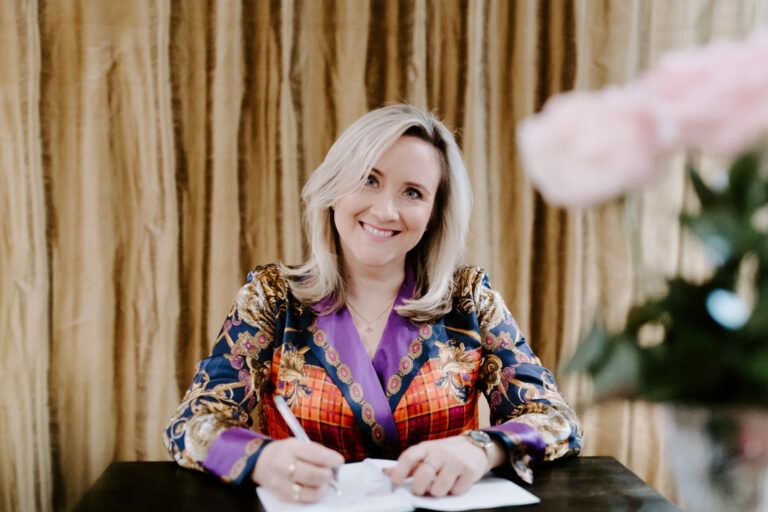

Aromatherapy for Libido & Romance – The Best Essential Oils for Love
Sense of smell influences our sexual desire and performance. Aromatherapy tips and the best essential oils for romance, libido, sex and love.

“FIVE STARS!” Book reviews: (R)evolution for Love (Amazon Books)
“Five Stars!” Editorial reviews and reader reviews of (R)evolution for Love – A Better Relationship or a Brilliant Break Up? Amazon books

What is an open relationship? Does it lead to breaking up?
What is an open relationship? Who are non-monogamous open relationships for? Is your partner suggesting consensual non-monogamy?

FREE EBOOK ‘I love you but…’ – To Break Up or Not to Break Up?
Refocus your energy now to improve your love life! This FREE ebook ‘I love you but…’ will help you move towards a better relationship or

REAL LOVE: What is genuine love at its best?
What is love? Why does it make us giddy? How can I make my partner love me? Is jealousy real love? Signs of genuine love that lasts.
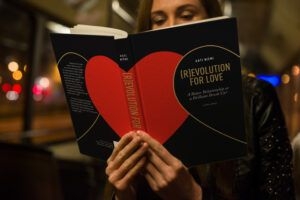
(R)evolution for Love – The Book
* I have selected every editorial product for your benefit. Sometimes you may get some discounts and I may receive a share from purchases made
Love theory references
- Davidson, W., & Beck, H. P. (2019). Analyzing the commitment of college students using a brief, contextualized measure of need satisfaction from the perspective of self determination theory. Psychological Reports, 122(3), 1145-1166.
- Ng, T. K. (2020). Psychometric properties of the Chinese version of the Intimacy, Passion, and Commitment Scale. Current Psychology, 39(1), 58-67.
- Pinto, S. (2017). Researching romantic love. Rethinking History, 21(4), 567-585.
- Tobore, T. O. (2020). Towards a Comprehensive Theory of Love: The Quadruple Theory. Frontiers in Psychology, 11.
- Van Buskirk, S. L. (2018). Triangular love: ‘Not much more than G’ (Doctoral dissertation, The University of Texas at San Antonio)
